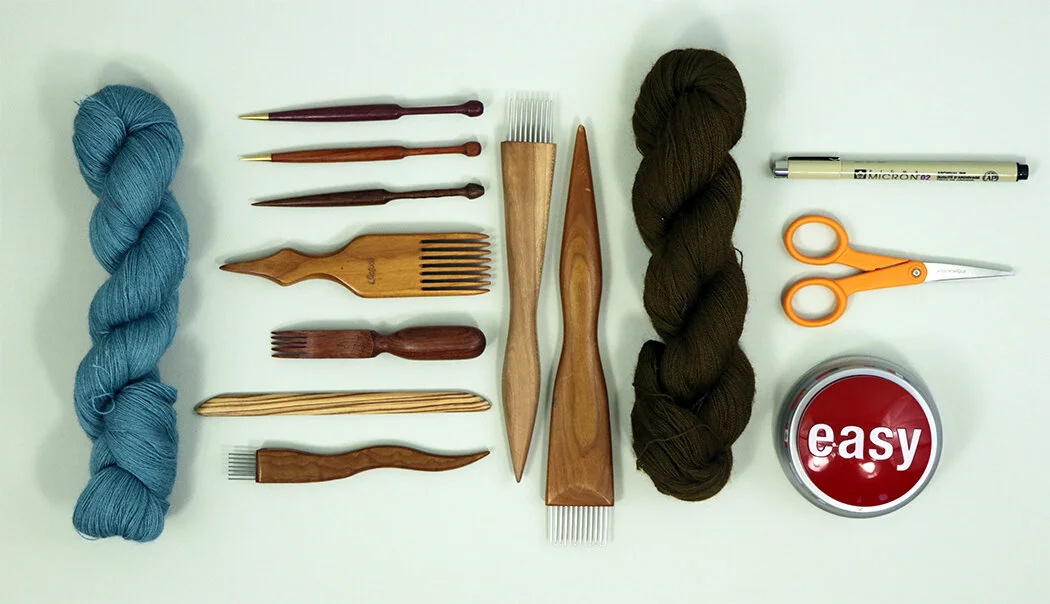A tapestry weaver’s task is to weave an image at the same time they’re creating a stable fabric. As a creator of images, many tapestry weavers are challenged by the process of designing. And part of that challenge has to do with that fact that we’re creating the fabric as the same time as the image so the work has to be structurally sound.
Some of us want to make fine art-level tapestries that hang in galleries and eventually someone’s home or office. And some of us want to enjoy the practice of the craft and don’t care one bit if anyone even sees their work. I think what matters most is whether or not the creator’s needs from the medium are met by their practice.
The thing that is true for of both of those kinds of creator is that design plays a part in engaging with this medium. Because we are creating something based in image, how we design that image is important.







